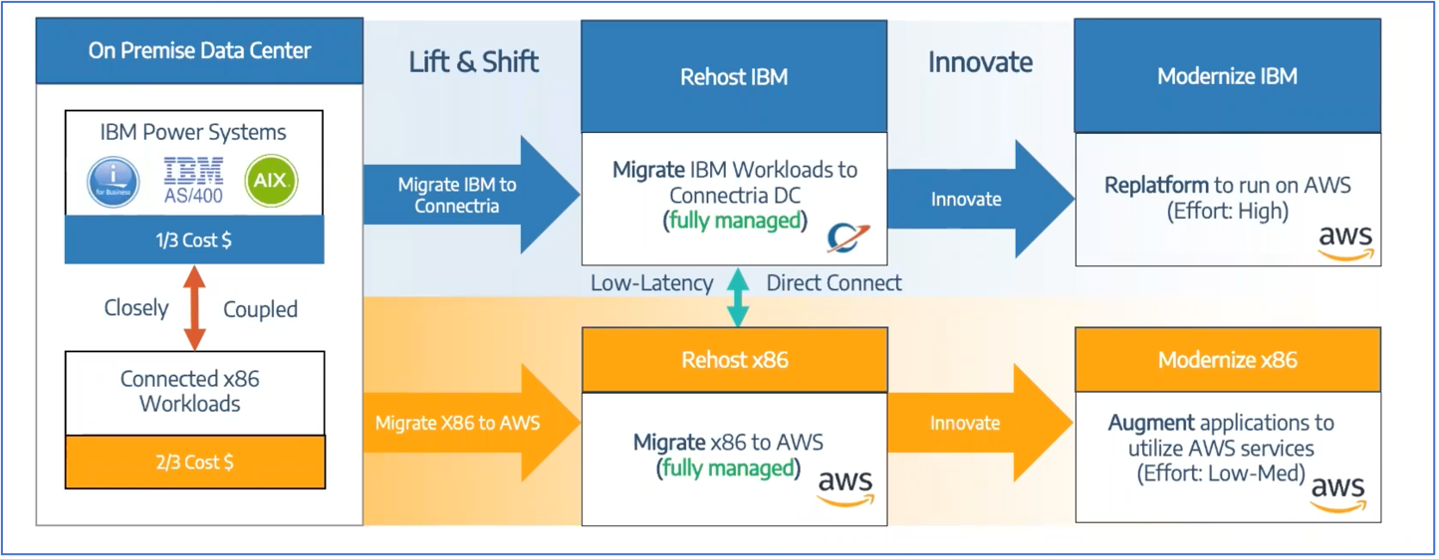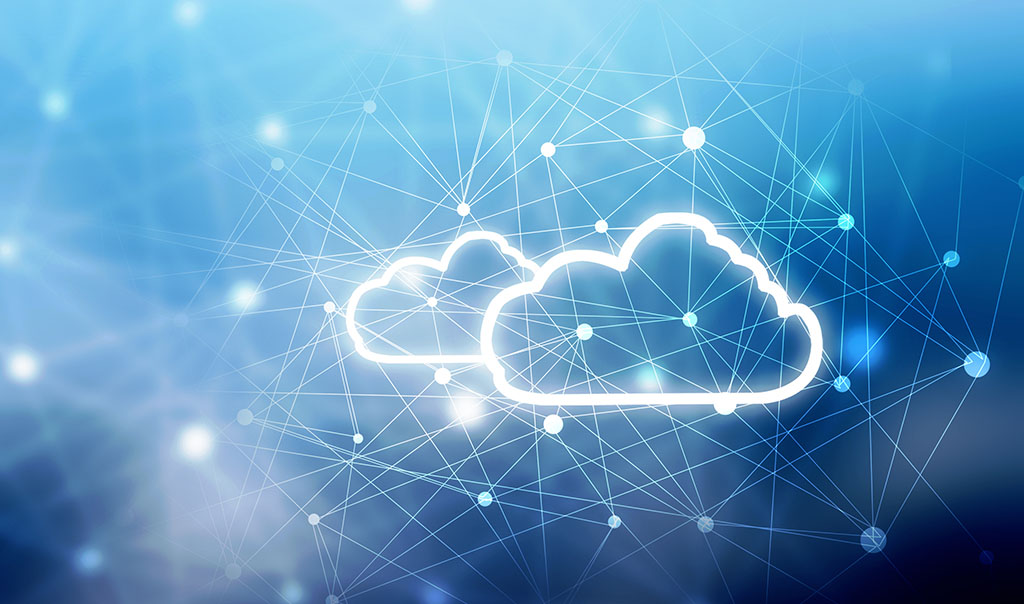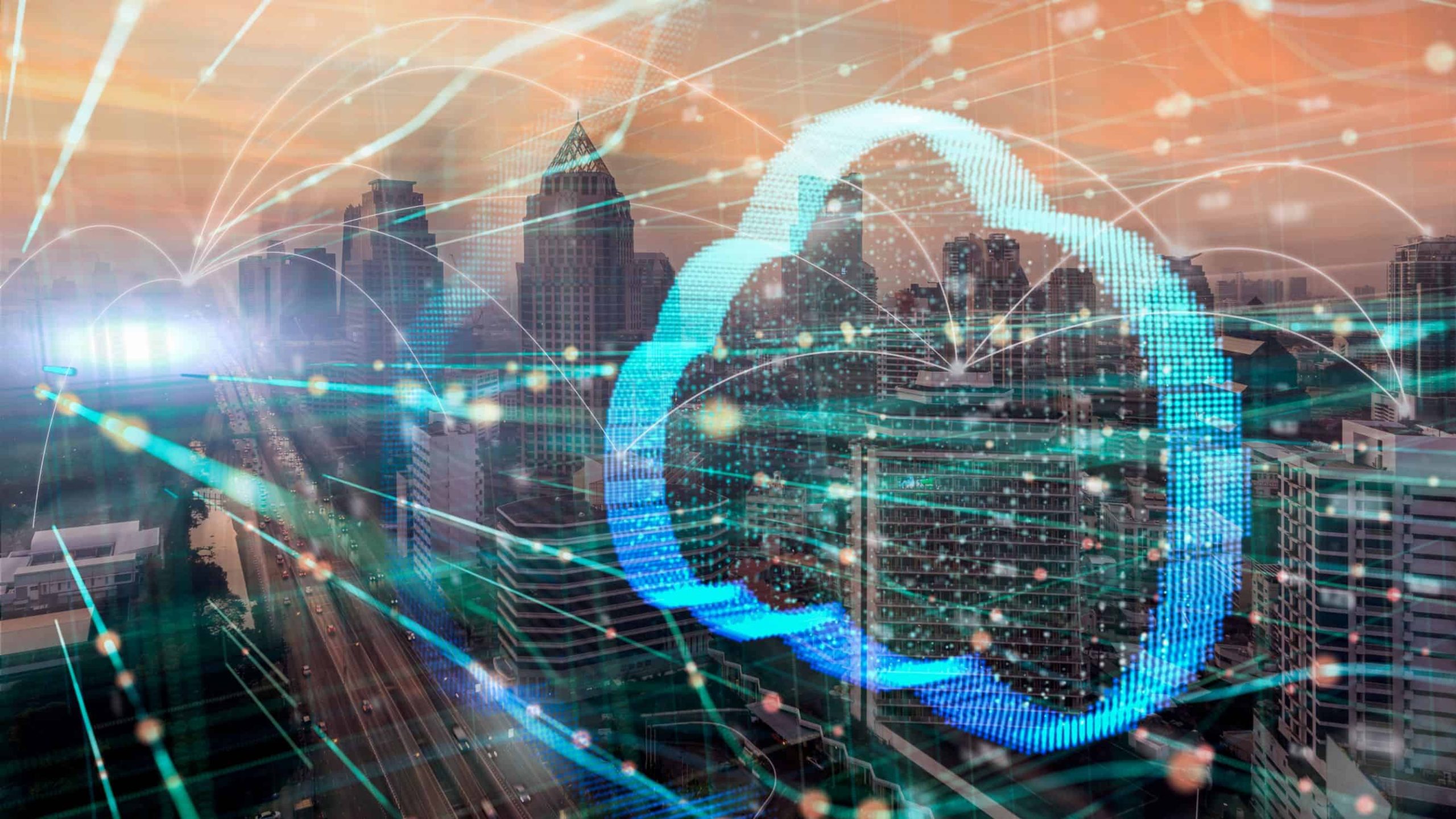Meet Your IBM i High Availability/Disaster Recovery Goals
Connectria
Author
Date
July 27, 2021

In 2021, a comprehensive disaster recovery strategy is a business imperative, and business leaders understand that. In the most recent IBM i Marketplace Survey, 62 percent of respondents ranked High Availability/Disaster Recovery a top priority – second only to IT security (77 percent). This article will focus on ways to ensure your IBM i disaster recovery strategy is as strong as it can be.
What is High Availability?
High availability is used to refer to systems designed to minimize downtime to as close to zero as possible. These systems are usually equipped with redundant components and low latency connections to secondary sites to reach near real-time recovery. High availability can also be used to refer to low latency in primary production sites as well.
What is Disaster Recovery?
Disaster recovery refers to an organization’s method of regaining access and functionality to IT infrastructure. This is typically after events such as business disruptions, a cyber-attack, or even a natural disaster. A variety of disaster recovery (DR) methods can be part of a disaster recovery plan. Only 42 percent of executives are confident their organization could recover from a major cyber event without impacting their business. Yet 96 percent of organizations with a disaster recovery plan achieve full recovery.
The Advantages of IBM i Disaster Recovery in the Cloud
Making disaster recovery a priority seems to be paying off for many organizations. Last year, nearly every respondent to a Forrester survey reported they felt at least “somewhat prepared” to recover from a disaster. However, only 34 percent felt “very prepared,” so it appears business leaders recognize there’s still room for improvement.
One of the strategies our IBM i customers often ask about is disaster recovery to the cloud. The IBM i Marketplace Survey found that 84 percent of respondents ran IBM i workloads on-prem only. Since 60 percent said they used a high availability strategy for disaster recovery, it’s logical to assume they have provisioned a redundant failover data center. A slight majority (54 percent) also said they relied on recovery from tape backup for at least some of their IBM i workloads.
Cloud-based IBM i disaster recovery has some significant advantages. There is no need to provision and maintain redundant equipment and facilities, so overhead costs can be significantly lowered. However, this is not always the case. We do also charge customers to reserve compute capacity on Power and x86 in our data centers.
It can also be difficult to keep up with changes in capacity requirements when relying on on-prem disaster recovery. Every time you add capacity in your primary production site(s), that capacity must be mirrored in your failover site, or your disaster recovery architecture becomes obsolete.
IBM i disaster recovery in the cloud has advantages over tape backup. Recovery time is limited by how quickly the tape can be recovered from storage and reloaded. There’s also the risk of increased data loss as your systems can only be as good as the last complete backup to tape. Finally, physical media degrade, and many IT organizations can’t spare the time to test their tape backups regularly.
Disaster Recovery for the Hybrid Environment
Disaster recovery in a hybrid environment poses a particular challenge for IT leaders. A hybrid environment is one in which on-premises workloads are run adjacent to cloud-based workloads. The term hybrid cloud can also be used to refer to a cloud environment involving multiple clouds geared toward different operating systems.
For enterprises relying on IBM i, the hybrid cloud environment is the norm, not the exception. A survey conducted by the IBM Institute of Business Value found that 98 percent of enterprises planned to have deployed multiple hybrid clouds by 2021.
Connectria Hybrid Architecture for IBM i and AIX Modernization

Connectria serves the needs of our IBM i clients through our hybrid architecture for IBM i and AIX modernization. In this configuration, the client’s IBM i workloads are housed in one of our purpose-built data centers. To deliver the low latency connections our clients require, we’ve built two highly specialized AWS data centers. A great way to think of these data centers is just another AWS Availability Zone, but with IBM Power Systems built in.
These data centers are in close proximity and with a direct connection to the IBM i data centers. Because of this, we’re able to deliver connection speeds of less than 2 ms between the IBM i and x86 workloads. Using tools like SAN-to-SAN replication and Logical Replication software we leverage this same hybrid architecture environment to deliver high-availability disaster recovery options for our clients, whether they’re looking to increase system resiliency for an existing on-prem environment or for their hybrid cloud environment.
Backup and Disaster Recovery
Within the data center, we have actual Power Systems hardware backed with NVMe flash arrays. These can be consumed in either a shared or dedicated model depending on your specific needs. Our storage leverages IBM platforms to ensure the highest level of compatibility between the storage and Power Systems. We can provide Power System cores in increments, as small as 1/10th of a core.
For IBM i, we use Backup, Recovery, & Media Services (BRMS) to local virtual tape library (VTL) devices that replicate to the DR facility. This ensures restore capabilities are available in DR immediately following a DR declaration. For AIX, we use Commvault as our enterprise backup solution and we create auxiliary copies of the data in the DR facility.
Managed Disaster Recovery for IBM Power Systems
Connectria’s hybrid architecture for IBM i and AIX takes care of the architectural requirements for IBM Power Systems disaster recovery, but that’s not the only concern IT and business leaders have. Bandwidth and skill set can also be obstacles to system resiliency.
Our managed Disaster Recovery as a Service (DRaaS) for IBM Power Systems is designed to help our clients meet their exact recovery time objective (RTO) and recovery point objective (RPO) targets.
We support a wide array of logical replication tools as well as SAN-to-SAN methodologies. We can implement the solution for you, test it, and maintain your disaster recovery systems. By working with Connectria to implement an end-to-end disaster recovery strategy, you’ll be able to join that elite group of business leaders who feel “very prepared” for whatever comes their way.
Watch the Webinar
To learn more about Connectria’s hybrid architecture for IBM i and AIX modernization, view our on-demand webinar:
AWS Hybrid Architecture – A Path to IBM i/AIX Modernization.
Keep Reading
Prepare for the future
Tell us about your current environment and we’ll show you the best path forward.
Fast track your project. Give us a call.






